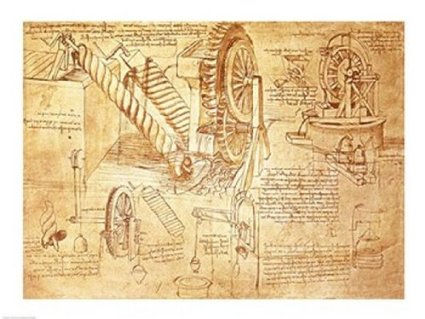In my recent post on economics and physics I failed to convincingly communicate the key point I was trying to convey. And in doing so I unfairly criticized the field of economics. But I was trying to convey an important point and lucky for me, the readers here are smarter than I am and understand the point I am often trying to make better than I can communicate it. This email from reader “Dale”, a systems engineer, beautifully expressed the point I was getting at:
“I think the comparison of Economics to Physics (science) is perhaps the wrong comparison. Science is about building knowledge about the world (universe) around us by utilizing the scientific method. The focus is on understanding a world that was not created by humans. For example, does the Higgs Boson exist? We now know it does. Or understanding what happens when man-made systems interact with those that are not. For example, does the generation of carbon dioxide by humans cause heating of the planet? We now know the answer to that too.
That said, the U.S. monetary system is entirely a man-made system. It was “engineered” (I use that term loosely) by us. Yet we don’t seem to understand how it works — probably because it is a system that simply evolved instead of being “designed and implemented” from a documented set of blueprints. I assume there are artifacts (e.g., policy documents) that define how certain parts of the system should behave. However, given the difficulty that economists have in agreeing on basic concepts, my guess is that the parts of the system were defined without an understanding of their relationship to the whole.”
This is a perfectly succinct point. A monetary economy is not something that exists in the natural world. It is a construct of the human mind. As Dale states, it is engineered in a specific way and does not merely exist due to the existence of scarce resources and what not. It exists because money is something we created from thin air to serve certain economic needs in the process of trying to access the physical world. Dale continues by explaining how best to understand such a system:
“what is needed [to understand such a system] is a “reverse engineering” project performed by system engineers who can dissect the system into its component parts, observe behaviors, and build models to explain what happens when certain inputs are introduced. In fact, that’s what I think you and others have been doing re: Monetary Realism. From reading your work, I understand that our monetary system is a complex dynamic system — which explains why it is difficult to understand. “
Again, beautifully succinct and on point. This is the basic approach I’ve taken through the development of Monetary Realism. MR is, at its core, little more than an attempt to reverse engineer the evolution of the modern monetary system with the goal of understanding the system so that we can then input certain variables with the hope that we can then understand potential outputs. I’d argue that my results in general macro forecasting over the last 5 years has proven that this form of thinking is on the right track, but there’s a lot of work to be done. And if more economists learned to think more like engineers and less like physicists then it’s likely that people much smarter than myself would make much more progress here.
Related:
- Understanding the Modern Monetary System
- Pragmatic Capitalism: What Every Investor Needs to know About Money and Finance
Mr. Roche is the Founder and Chief Investment Officer of Discipline Funds.Discipline Funds is a low fee financial advisory firm with a focus on helping people be more disciplined with their finances.
He is also the author of Pragmatic Capitalism: What Every Investor Needs to Understand About Money and Finance, Understanding the Modern Monetary System and Understanding Modern Portfolio Construction.


Comments are closed.